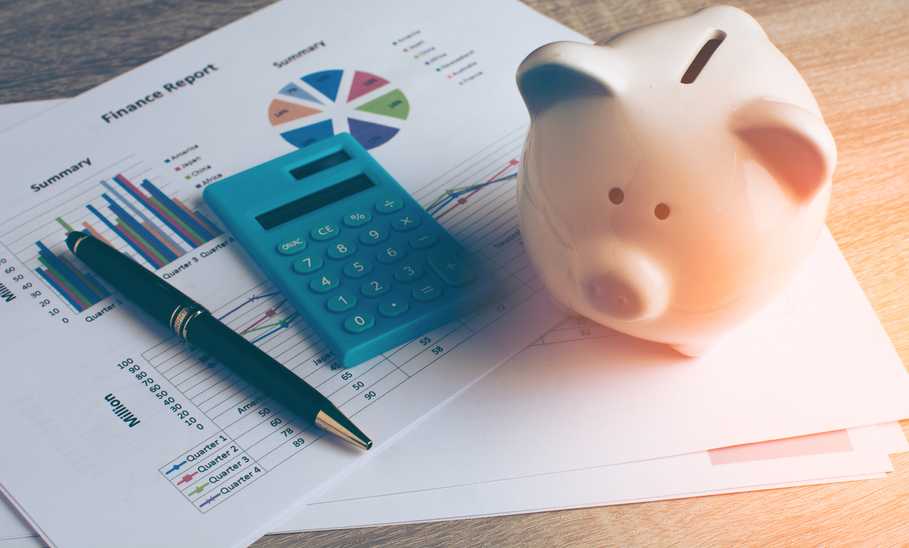Personal Loan Requirements And How To Qualify

Our evaluations and opinions are not influenced by our advertising relationships, but we may earn a commission from our partners’ links. This content is created by TIME Stamped, under TIME’s direction and produced in accordance with TIME’s editorial guidelines and overseen by TIME’s editorial staff. Learn more about it.
A personal loan can help you pay for everything from home renovations to educational expenses, medical bills, debt consolidation, and more.
However, before you apply for a personal loan, it’s important to understand the qualification requirements. This guide will explain what you need to know and help you increase your chances of approval.
Before you apply for a personal loan, you should check your credit score and history, know your income, and understand your debt-to-income ratio. These three elements can be the difference between your loan being approved or denied.
When you apply for a personal loan, most lenders will check your credit score.The exact credit score requirements will vary by lender. All things being equal, applicants with credit scores of 670 or higher stand a better chance of having their loan approved—and at a lower interest rate—than those with lower credit scores. If your score is lower than 670, you may still find a lender willing to approve your loan application in exchange for a higher interest rate or collateral to secure the loan.
In addition to your credit score, lenders will also check your credit history. This includes your payment history, the amount of debt and number of credit accounts you are carrying, and the length of your credit history.
Your payment history indicates whether you’ve consistently paid your bills on time. If your payment history is solid, you’re seen as a less risky borrower.
Credit history length measures how long your credit accounts have been reporting to the bureau. It’s another indicator of how trustworthy you are regarding finances. A thin credit file doesn’t tell the lender much about your financial behavior, but a lengthy history can. In addition, your total debt amount and number of active credit accounts can indicate whether you’re a serial borrower, which could raise red flags.
When you apply for a personal loan, the lender will review your income to see if you can service the debt.
To confirm your income, the lender may request a copy of a recent tax return, bank statements, or a verification letter from your employer. The company will then calculate your total monthly debt obligations, including the loan payment, as a percentage of your income to ensure you can afford to make the payments.
A debt-to-income (DTI) ratio represents the percentage of your monthly income that goes towards debt repayment. If you have a mortgage, car payment, or student loan, these will all be factored into your DTI ratio. Lenders are reluctant to approve loan applications if your DTI ratio is high since there’s a higher chance you’ll default on the loan.
Personal loan providers usually like to see a DTI ratio of 35% to 40% or less in loan applicants. However, the exact requirement will vary by lender.
When you apply for a personal loan, you’ll need to provide the lender with several documents, including the loan application, proof of identity and address, proof of income, proof of employer (if any), and your Social Security number.
You’ll be asked to fill out an application to apply for a personal loan. Nowadays, many personal loan companies will allow you to complete the application online. Still, if you’re applying in-person at a local bank branch, you may need to sign a physical copy of the loan application.
Loan applications usually require you to fill out your personal information (name, address, date of birth), specify how much you want to borrow, and clarify how you plan to use the money. However, each lender will have a different application, so you may need to provide additional information.
You must confirm your identity to apply for a personal loan. Your lender may ask you to provide two forms of identification to show that you are an adult (18 or older) and a U.S. citizen or permanent resident. The following list includes common types of documents you can use to prove your identity.
You’ll also need to provide a proof of address if it’s not indicated on your primary ID. A recent piece of mail, such as a bank statement, utility bill, or medical bill, may suffice. Other possibilities include a lease agreement or an auto insurance card that lists your address.
Finally, you’ll need to provide the lender with your Social Security number (SSN) or Individual Taxpayer Identification number (ITIN).
To confirm your income, you may be asked to provide one or more of the following:
If you have an employer, the lender may ask for your employer’s contact information. It will use this to verify your employment status with your employer directly.
There’s no one-size-fits-all approach to qualifying for a personal loan; the criteria will vary among lenders. However, most lenders require a good credit score, a sufficient income, and a low DTI ratio.
While the process is slightly different with each lender, here are the basic steps to follow to apply for a personal loan.
If your loan application is declined, here are some steps you can take:
Most personal loans are considered unsecured; that means there is no collateral for the lender to claim if you fail to repay the loan. Unsecured loans tend to have higher interest rates than secured ones, and they can be harder to qualify for.
Secured loans are backed with collateral that the lender can seize if you default. Mortgages and car loans are the most common types of secured loans, as the lender can repossess your home or car if you don’t pay your loan. However, loan providers will accept other forms of collateral from borrowers with lower credit scores or without long credit histories.
Personal loan requirements vary by lender, but most lenders will look for a good credit score, a low debt-to-income ratio, and enough income to repay the loan within the agreed-upon timeframe. When shopping around for a personal loan, ask about each lender’s requirements to ensure you’re qualified before applying.
Personal loans are often unsecured, which means no collateral is required. However, some lenders may require collateral to approve a personal loan. In this case, there are several options:
Remember that any collateral you use for a personal loan can be seized if you fail to repay the loan as promised.
Most personal loans require a credit check. However, you may be able to get a loan without a credit check by offering collateral to secure the loan. Collateral could be anything of value, such as real estate, a vehicle, investments, jewelry, fine art, or other collectibles.
Personal loans can help you pay for expenses such as home improvement, medical care, or debt consolidation. However, they’re not the only option. You could also consider a 0% interest credit card, or a loan from a family member.
Before you apply for a personal loan, you must ensure you can afford the payments. Use an online loan calculator to figure out your estimated loan payment amount, and compare that to your income. If you can make the payment and still have enough left over to cover your other expenses, then applying for the loan might make sense. If not, it’s best to look for alternatives.
The information presented here is created by TIME Stamped and overseen by TIME editorial staff. To learn more, see our About Us page.



